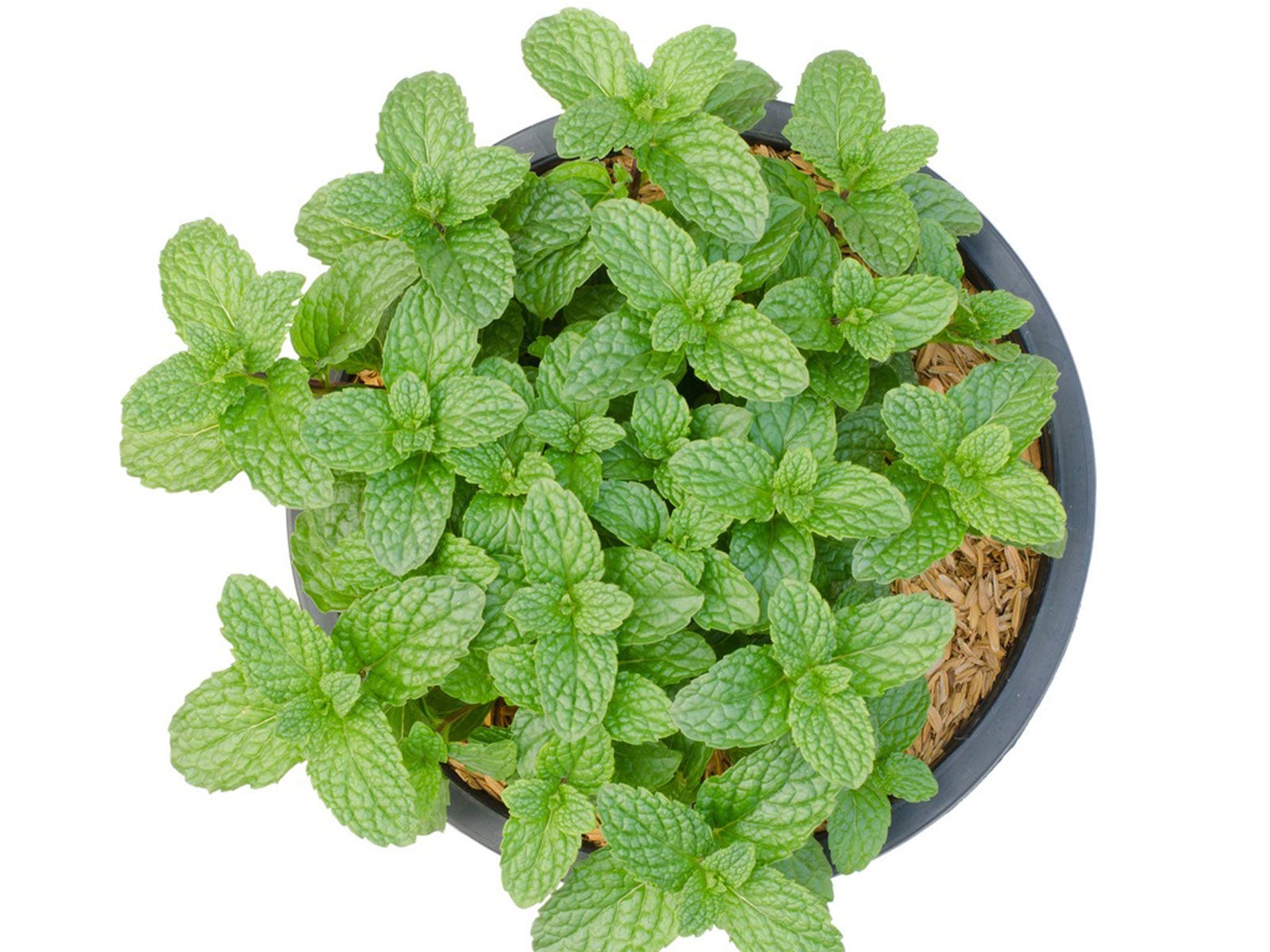Peppermint is a popular and versatile herb that can be grown easily in gardens and containers. With its refreshing minty aroma and flavor, peppermint leaves can elevate both sweet and savory dishes. Growing your own peppermint allows you to have a fresh supply of this herb to use in teas desserts meat dishes, salads and more. Follow this guide to learn how to successfully grow peppermint plants.
Selecting the Right Peppermint Variety
There are a few different varieties of peppermint to choose from. Some popular options include:
-
Peppermint – This is the most common and popular peppermint variety. It has a strong, cooling mint flavor. The leaves can be used fresh or dried.
-
Chocolate Mint – As the name suggests, this variety has a minty flavor with hints of chocolate. It’s a great option for desserts and drinks.
-
Orange Mint – Offers a citrusy mint flavor. The orange undertones pair well with fruit desserts.
-
Spearmint – A classic mint variety with a sweet flavor. Spearmint is commonly used in mint juleps and mojitos.
When selecting peppermint, choose a variety based on the flavor profile you prefer and how you plan to use the herb. All peppermint varieties can be used similarly and are easy to grow.
Choosing the Right Location
When growing peppermint, choose a location that receives at least 6 hours of sun daily. Peppermint thrives best in locations with partial shade but can tolerate full sun.
Select a spot with moist, well-draining soil. Amend dense or clay-heavy soil with compost to improve drainage. The ideal soil pH for peppermint is between 6.0-7.0.
Many gardeners grow peppermint in containers or above ground planters to prevent the aggressive roots from spreading. However, peppermint can be grown directly in garden beds if properly contained.
Planting Peppermint
Peppermint is commonly grown from transplants, which allows you to harvest leaves faster than growing from seed. Plant transplants after the last spring frost when daytime temps reach 60-70°F.
When planting in beds, space transplants 12-24 inches apart in rows set 18-24 inches apart. Plant peppermint transplants at the same soil depth they were growing in the pot. Water transplants after planting to settle the soil.
For container growing, plant one peppermint plant per 10-12 inch pot. Choose containers with drainage holes and use a quality potting mix.
Caring for Peppermint Plants
-
Watering – Peppermint prefers consistent moisture. Water plants regularly to keep the soil moist but not soggy. Allow the top 1-2 inches of soil to dry out between waterings.
-
Fertilizing – Use a balanced liquid fertilizer every 2-4 weeks during the growing season. You can also top-dress containers with compost or slow-release granular fertilizer.
-
Pruning – Prune peppermint in spring to remove any dead growth and shape plants. Pruning frequently during the growing season will encourage bushier, tender new growth.
-
Harvesting – Harvest peppermint leaves as needed once plants are established. Cut stems right above leaf nodes. Peppermint will regrow after pruning.
-
Overwintering – In zones 5-7, mulch peppermint beds with straw or leaves after the first hard frost. Prune plants to the ground in late fall and cover with a cold frame or hoops. Container plants can be brought indoors over winter. Peppermint is perennial in zones 8-10.
Common Pests and Diseases
Peppermint is relatively pest and disease resistant. However, it can be affected by the following:
- Spider mites
- Aphids
- Whiteflies
- Leaf spots
- Mint rust
Remove pests by hand or use insecticidal soap. Prevent diseases by spacing plants properly, cleaning up debris, and watering at the base of plants. Removing affected leaves and prunng plants improves air circulation.
Harvesting Peppermint
-
Harvest peppermint leaves just before the plant flowers for peak flavor.
-
Cut stems right above leaf nodes using clean pruners or scissors.
-
Harvest in the morning after the dew dries for best oil content.
-
Remove any discolored or damaged leaves. Rinse and pat dry leaves.
-
Store fresh leaves in an airtight container in the fridge for up to two weeks.
-
Peppermint also dries very well. Hang bundles to air dry out of direct sunlight.
-
Once dried, crumble the leaves and store in an airtight jar away from light.
Enjoying Peppermint
-
Add fresh peppermint to lemonade, ice tea, and cocktails for a refreshing taste.
-
Use dried peppermint leaves to make invigorating peppermint tea.
-
Make homemade peppermint extract for baking by steeping leaves in vodka.
-
Toss chopped peppermint leaves into fruit salads or use as a garnish for desserts.
-
Add peppermint to cold soups like cucumber or melon for a cool, palate cleansing flavor.
-
Mix crushed peppermint leaves into chocolate chip cookie dough or brownie batter.
-
Use peppermint leaves in marinades and rubs for lamb, poultry, and seafood dishes.
With its intoxicating aroma and flavor, homegrown peppermint is a wonderful herb to include in any herb garden. Follow this growing guide for tips on selecting peppermint varieties, planting, caring for plants, and harvesting. Soon you’ll enjoy fresh mint straight from your garden!

Quick Guide to Growing Mint
- Plant mint in spring after the last frost. This fast-growing herb can grow just about anywhere and makes an excellent addition to indoor and outdoor gardens.
- Space mint plants 18 to 24 inches apart. Its best to grow them in pots to keep them from taking over your garden (even if youre planting in the ground).
- Give your garden a great foundation by improving native soil with several inches of aged compost or other rich organic matter. For container growing, consider a premium bagged potting mix.
- Keep soil consistently moist and water when the top inch becomes dry.
- Promote excellent leaf production by regularly feeding with a water-soluble plant food.
- Once plants are established, harvest mint leaves regularly by pinching off the stems.
How to Use and Store Mint
Fresh mint leaves are a nice complement to lamb, fish, poultry, and vegetables such as peas, new potatoes, and carrots. Mint also blends well with green or fruit salads and beverages such as punch, lemonade, and tea. Two very well-known drinks, mint julep and Cuban mojito, both depend on spearmint for their cool zest. Freeze mint in cubes for iced tea. You can also preserve it in vinegar or dry it for potpourri or sachets.



How to Grow TONS of Mint (And Not Let it Take Over)
FAQ
Is peppermint easy to grow?
Peppermint is generally considered easy to grow, but it can be invasive if not contained. It thrives in moist soil and full sun to part shade.
Does the peppermint plant come back every year?
Yes, peppermint is a perennial plant, meaning it typically comes back every year. After the growing season, the above-ground parts of the plant will die back, but the roots remain alive and will sprout new growth in the spring.
Do peppermint plants keep mice away?
Where is the best place to grow peppermint?
